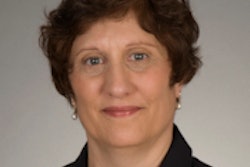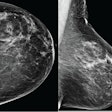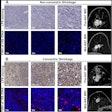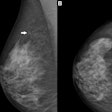More than 15% of patients 65 and older receive prostate and breast cancer screening exams that aren't recommended for their age group by established clinical guidelines, according to a study published online in JAMA Oncology.
The exams aren't advised because these individuals have life expectancies of fewer than 10 years, researchers from Henry Ford Health System in Detroit wrote.
Dr. Firas Abdollah and colleagues analyzed data from almost 150,000 patients who were 65 or older, lived in the U.S., and responded to the Behavioral Risk Factor Surveillance System survey in 2012 (JAMA Oncol, January 21, 2016).
In all, 51% (76,419) of the total study cohort had prostate or breast cancer screening within the past year. Thirty-one percent (23,532) of this group had a life expectancy of fewer than 10 years, for an overall screening rate of 15.7% (23,532 of 149,514 patients) in this population.
Screening rates for these inadvisable exams varied across the U.S., from 11.6% in Colorado to 20.2% in Georgia; states with high rates of nonrecommended screening for prostate cancer were likely to have high rates for breast cancer, and vice versa, the researchers found.
Overdiagnosis may cost the U.S. as much as $1.2 billion each year, and reducing rates of unnecessary screening would improve the cost-efficiency of screening programs, Abdollah's team concluded.



















